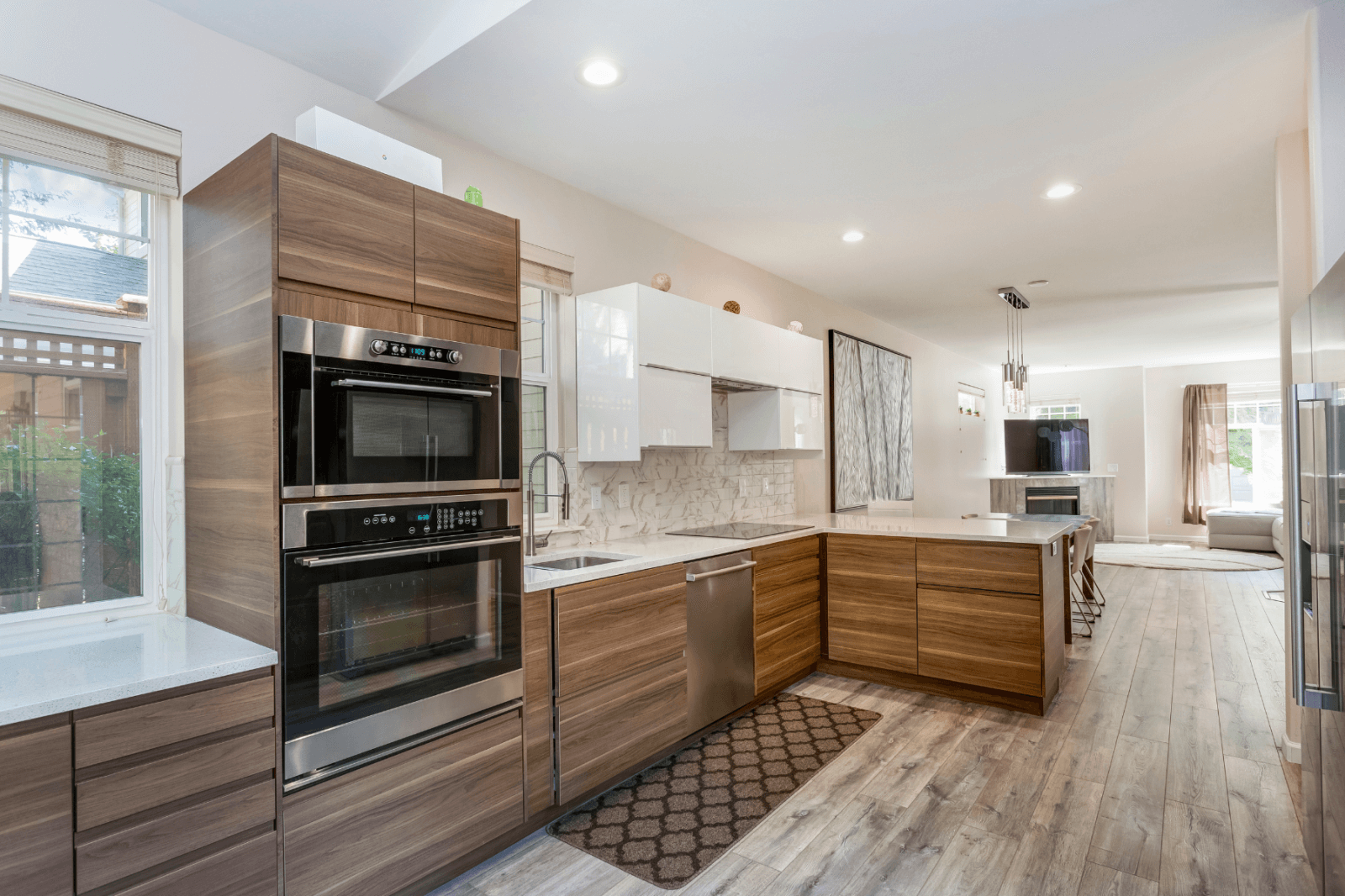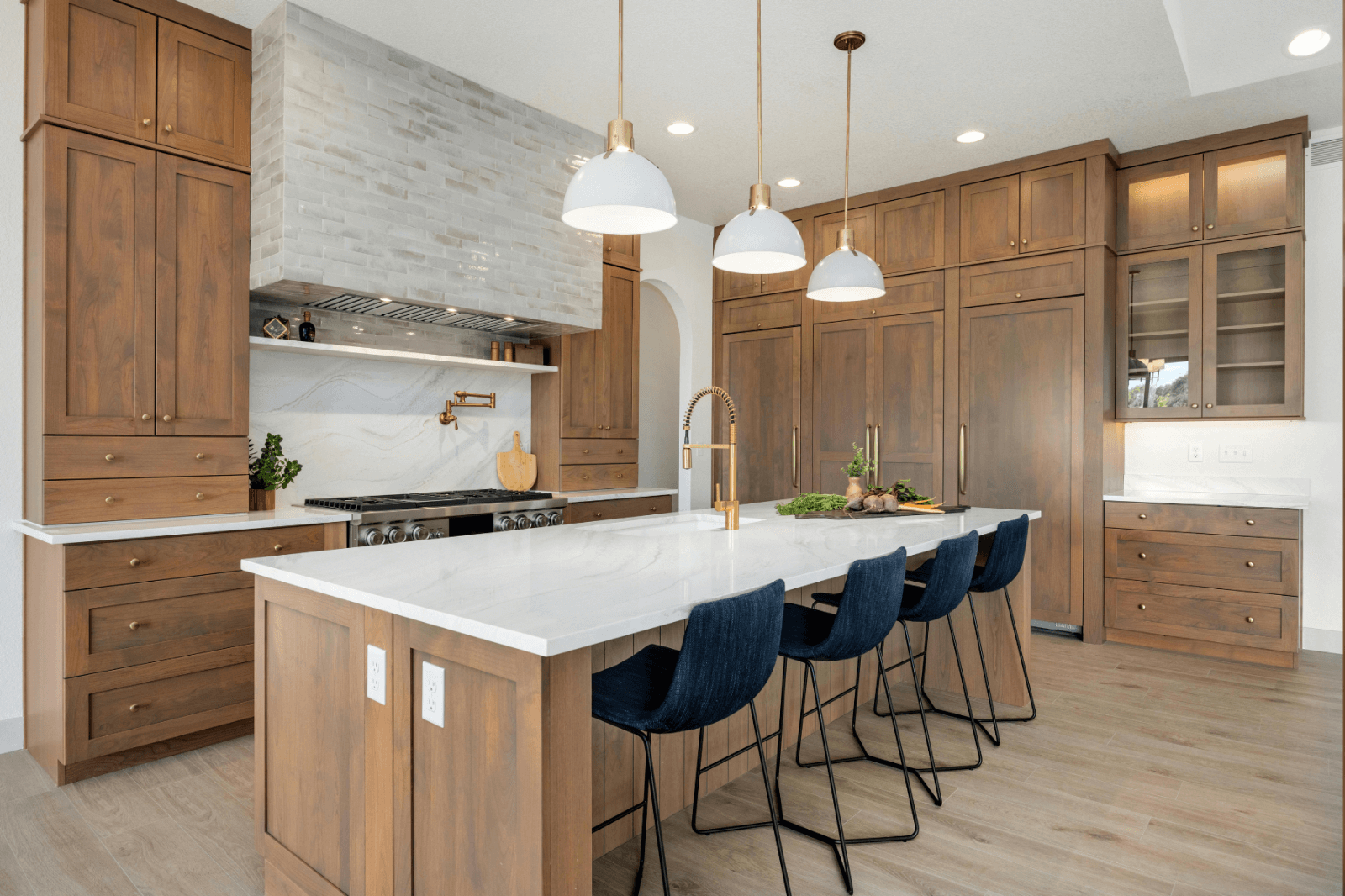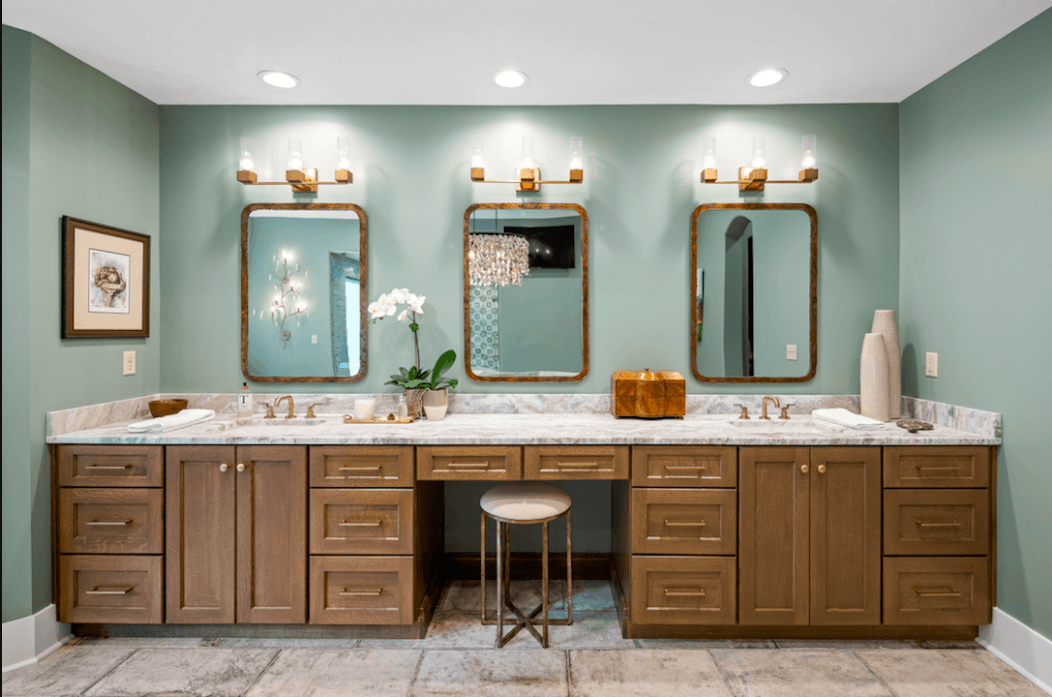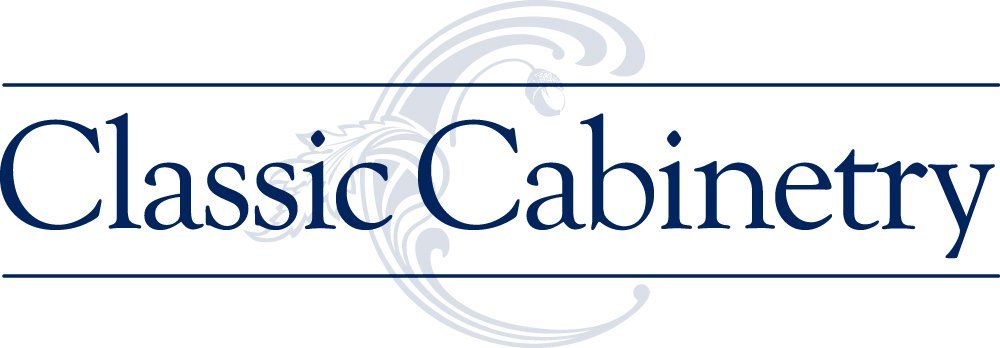he Kitchen and Bath Industry Show (KBIS), held in Las Vegas at the end of February, stands as the premier event in the industry, offering a glimpse into the future of kitchen and bathroom design. With a record number of exhibitors, KBIS showcased an array of new product introductions, emerging trends, and cutting-edge technologies that will help homeowners in Chattanooga create the kitchens and baths of their dreams.
At this year's KBIS, a spotlight shone on health and wellness, with numerous plumbing manufacturers unveiling innovative reverse osmosis systems capable of eliminating up to 90% of contaminants from drinking water. Complementing this focus on healthier living, new products designed to enhance shower experiences took center stage, promoting well-being and beauty through rejuvenating skin treatments and muscle-relaxing massage therapies.
A nod to nostalgia emerged as a delightful surprise, as several faucet manufacturers unveiled retro-inspired designs tailored for homeowners in Chattanooga seeking the timeless allure of mid-century modern fixtures. Echoes of the 1960s reverberated through grooved channels and faucets designed to complement Shaker cabinets, while a wide range of bridge faucets exuded vintage charm.
Meticulous craftsmanship garnered attention, with one faucet manufacturer earning acclaim for its unique faucet handles crafted from Murano glass, each bearing its own distinct character. Intricate hand-hammered details, knurled textures, and detailed facets adorned faucets, sinks, and fixtures, showcasing an unwavering commitment to detail.
A shift towards natural hues stole the spotlight, particularly among countertop manufacturers, who unveiled an array of cream, taupe, and gold-toned surfaces. This trend reflects homeowners' departure from sterile, all-white palettes towards softer, warmer tones, inviting a sense of comfort and serenity into their homes.
Moreover, countertop and surface material manufacturers unveiled environmentally conscious and sustainable options, including tiles crafted from 100% recycled materials and quartz products engineered to minimize their environmental footprint by significantly reducing silica content.
Innovation in appliances also took center stage, with manufacturers unveiling sleek matte black and satin stainless-steel finishes, alongside smart features that redefine convenience. From washing machines equipped with precise detergent dispensing technology to ovens controllable via smartphone apps, appliances are evolving into intuitive sous chefs, offering recipe suggestions, monitoring cooking progress, and even capturing time-lapse videos for homeowners to share on social media.
Exciting advancements were also seen in home automation, with systems seamlessly integrated into stone or engineered surface countertops, allowing wireless charging of up to three smart devices.
Give us a call at 423-266-0077 or make an appointment to visit our showroom either in person at 2601 Broad St.
